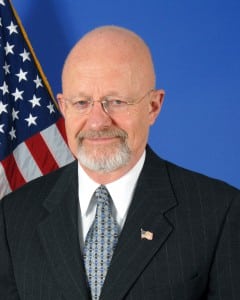
A nearly three-year old intelligence group within the Office of the Director of National Intelligence (ODNI) is spearheading a number of efforts to bring together public and private sector stakeholders in the aviation community to improve information sharing and collaboration to better manage threats to aviation, the lead intelligence official said this week. In September the Air Domain Intelligence Integration and Analysis Cell (ADIIAC) was stood up at the Transportation Security Administration’s (TSA) facility in Annapolis Junction, Md., providing a…

 By
By 








